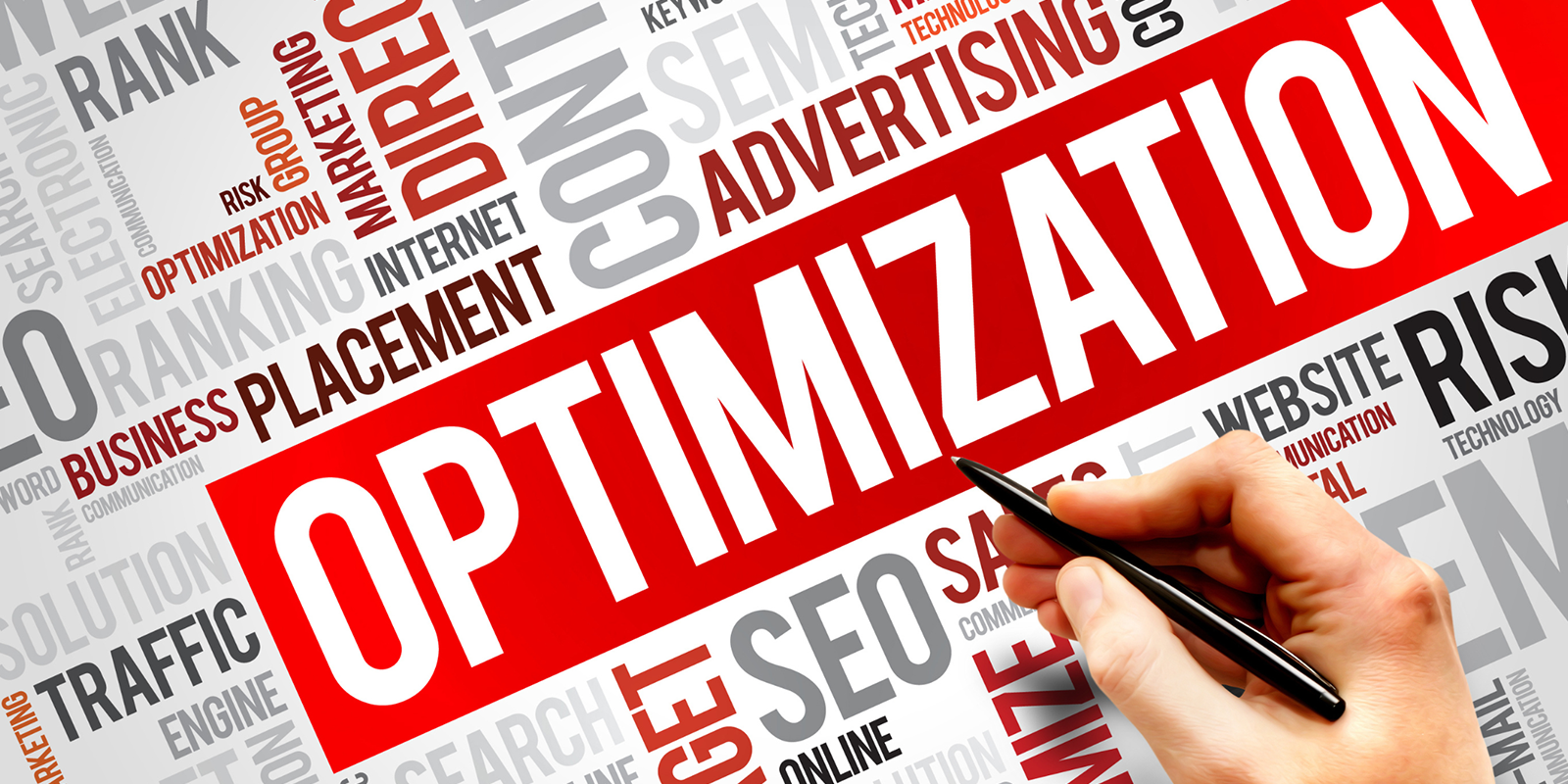Advantages of Content Optimization on Every Marketing Strategy

Content marketing does more than just publish advertising blog posts. It is the key to a successful inbound marketing campaign. To reach your readers at various stages of the sales funnel, you need to create them with specific marketing goals in mind.
Whether you use search engine optimization (SEO) to display your blog posts on Google’s first page, use paid search to increase traffic to your content, or use social media marketing. Content must support your goals. It should provide readers with what they expect based on the promotions you share.
Primarily, content optimization is not a one-time task. You can revisit old articles and optimize them for the needs of today’s readers. You can always keep new content fresh and reach as many readers as you can.
Let’s Know More About Content Optimization
Content optimization is about ensuring that your content is created and displayed in a way that search engines can understand and serve your target audience.
However, SEO is just one element of content optimization. At its core is content optimization to ensure that the content you create reaches the widest possible audience and encourages them to take action.
This means that blog posts, articles, interviews, guides, landing pages, and other content must be created in a way that search engine algorithms recognize that content as important and informative.
But your human reader is the most important part of the puzzle. You have to think that your headline is worth clicking. Ideally, when you’re done reading, you can share the article, comment, or click the call-to-action link.
Elements of Content Optimization
SEO is arguably an important element of content optimization. At least a basic understanding of how Google ranks articles is important for creating optimized content. Google considers various factors to decide whether to display articles on the first page for any number of search terms.
These include the following:
- Backlinks routing to the article
- SEO inside the site (includes proper use of keywords, meta tags, descriptions)
- Technical SEO (user experience, page speed, etc.) that is located on the back end of the website
- Photos that are optimized (right use of alt tags)
- Quality of the Contents
- Click count of the articles
For on-site SEO, each article includes meta descriptions with ranking keywords, photos with optimized descriptions, related tags, keyword-rich URLs, and proper placement and frequency of keywords.
These standards and best practices, especially optimal keyword placement and frequency, will change over time as Google algorithms are updated. Content marketing consulting firms can help keep your site up-to-date and avoid penalties from Google for outdated practices such as keyword abuse.
Importance of Content Auditing for Existing Content Optimization
If your site already has a lot of content, it’s a good idea to start by auditing that content. The words that viewers use to describe an industry, product, or service can change over time, so the first step is to determine which keywords to rank for now.
For example, an e-commerce fashion site that used to optimize the content of “wallets” is now called “handbags” or “tote bags”. You want to make sure your keyword strategy is consistent with the terms people use to describe your product.
After updating the keyword list, you need to rate your customer’s issues and Google questions. What issues can you solve for them?
Next, you need to look at the existing content on your site to make sure that at least one keyword is used, along with words that are related to semantically relevant terms or key keywords, and add search engine context. there is. Find out where your content is currently ranked and the steps you need to take to improve your ranking.
Content Strategy Creation for New Content Optimization
When creating new content, it’s important to keep in mind your overall content strategy and content optimization goals. Setting goals for ranking Google’s Page 1 for all top keywords may not be feasible, but CTR is just because there are so many things in Google algorithms that no one can control. You can set goals and reduce your bouncing rate, and the conversion to sales. The main goal of content optimization is to steadily move up the search engine results page.
- Think About How Your Content Works Together
When considering optimizing new content, you need to see how the new content on your site relates to existing content. Digital strategies need to focus on content clusters. The content pillar focuses on keywords that are semantically related to key keywords and answers the viewer’s enthusiastic questions about a particular topic.
You can then create “grouped” content around that article. This content supports and extends information to provide readers with deeper insight into the topic. Be creative with supplemental articles and blog posts, and even create infographics, polls, and quizzes on topics.
At each stage of the buyer’s journey, you need to plan a strategy to prepare pillar content for your readers and support articles that reach people at different points in the sales funnel of each topic. Of course, all articles need to be optimized for the important keywords.
Similarly, use SEO elements to enhance existing content. You need to make sure that each post or article has relevant optimized meta-descriptions, optimized photos, and proper keyword placement and frequency.
